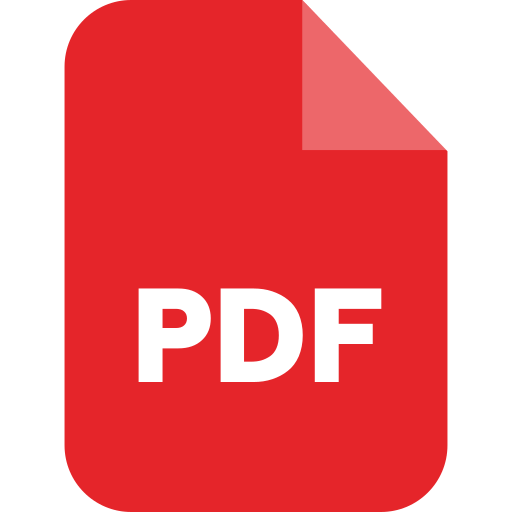PDF Best Practices for Business In today’s digital world, PDFs have become an essential part of business operations. Whether it’s a business proposal, report, or an invoice, the PDF file format is preferred for its ability to preserve formatting across devices. However, to get the most out of PDFs, businesses must adopt PDF best practices to ensure that documents are optimized, secure, and accessible. This post explores key PDF management practices that can streamline business workflows and improve overall productivity.

1. Optimize PDF File Size for Business Use
One of the most important PDF best practices is optimizing PDF file sizes. Large files can be cumbersome to manage and share, especially when emailing or uploading to websites. By compressing your PDFs, you can maintain high quality while ensuring they’re easy to send and store. Use tools like Adobe Acrobat or online PDF compressors to reduce file size without sacrificing quality, making it more convenient for teams to handle business PDF documents.
2. Use the Best PDF Tools for Professional Documents
When creating and editing business PDFs, it’s essential to use high-quality PDF tools that ensure professional results. Programs like Adobe Acrobat, Foxit PDF Editor, and Nitro PDF are excellent choices for creating and customizing documents. These tools provide robust features that allow businesses to edit, secure, and optimize their PDF documents, maintaining the formatting and professional appearance of your materials.
3. Secure Your PDFs with Password Protection and Encryption
For businesses, security is a top priority when dealing with sensitive documents. A good PDF security practice is to add password protection and encryption to your business PDFs. This prevents unauthorized access to critical documents and ensures that only the right people can view or edit them. With tools like Adobe Acrobat, you can easily add passwords or digital signatures to your business PDF files, protecting your data and maintaining confidentiality.
4. Make Your PDFs Accessible Across Devices
Ensuring that your PDF documents are accessible across various devices is crucial for business operations. Whether your team uses Windows, Mac, or mobile devices, your business PDFs should be compatible and easy to view on any platform. Additionally, consider using accessible PDFs for inclusivity, such as adding alt text to images or making documents readable for screen readers. By making your business PDFs accessible, you ensure that everyone can access your documents, regardless of the device or ability.
5. Implement Interactive PDF Features for Business Forms
For many businesses, documents like forms, surveys, or feedback requests are crucial. By using interactive PDFs, businesses can create fillable forms, checkboxes, and dropdown menus, making it easier to collect data from clients and employees. Adding interactive features to your PDF documents streamlines the data collection process and increases user engagement with your business forms.
6. Make Your PDFs Searchable with OCR
For businesses managing large amounts of data, making PDFs searchable is an important time-saving strategy. When you scan or store documents as PDFs, you should use OCR (Optical Character Recognition) technology to convert scanned documents into searchable text. This will make your business PDFs much easier to navigate, allowing you to quickly locate specific information within large documents without the need for manual searches.
Conclusion
By implementing these PDF best practices, businesses can improve the efficiency and security of their document management. Whether it’s optimizing file sizes, using the right tools, or ensuring document security, these practices can help enhance the quality of your business PDFs. Prioritize these best practices to ensure that your business documents are professional, accessible, and secure.
